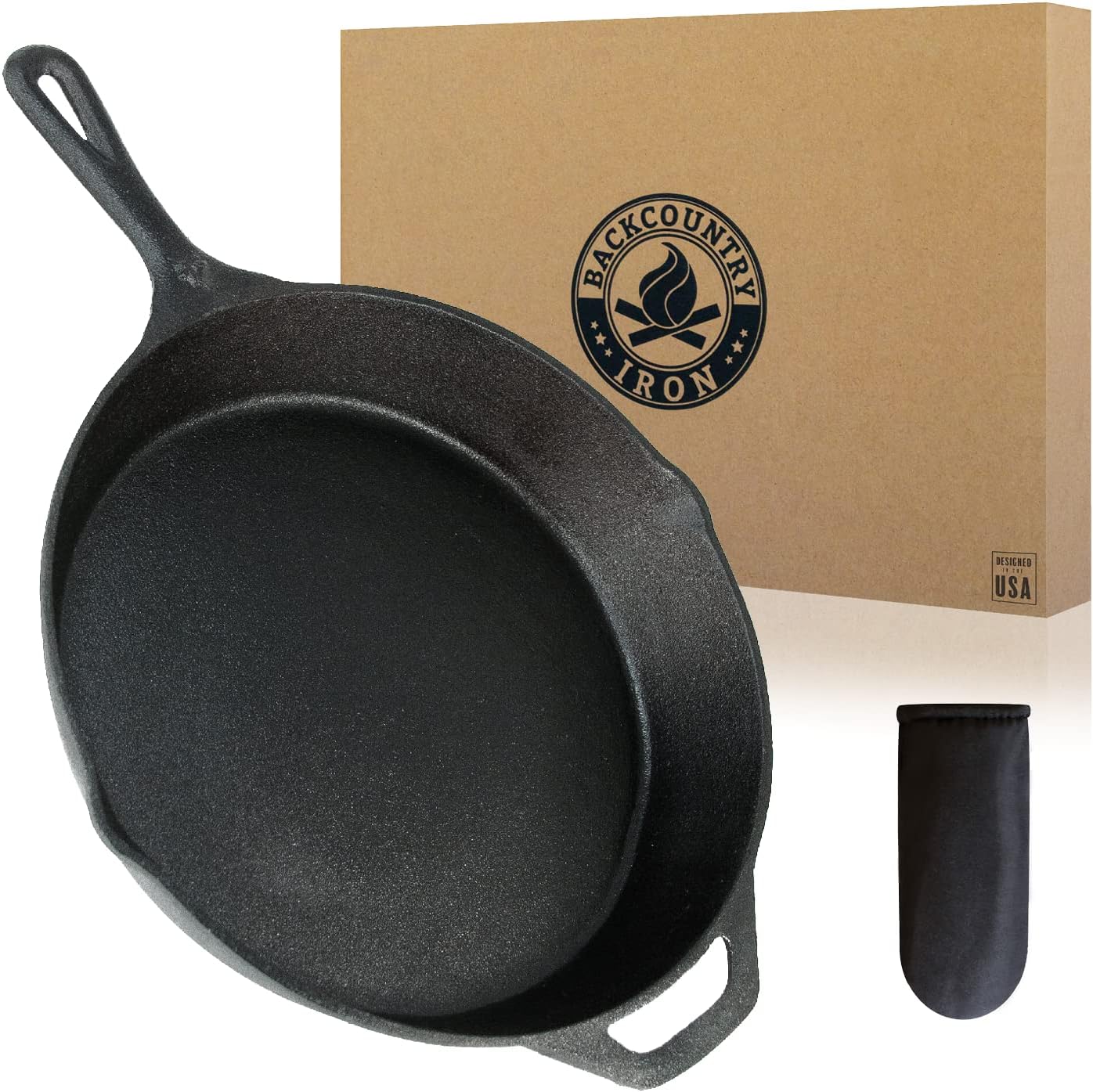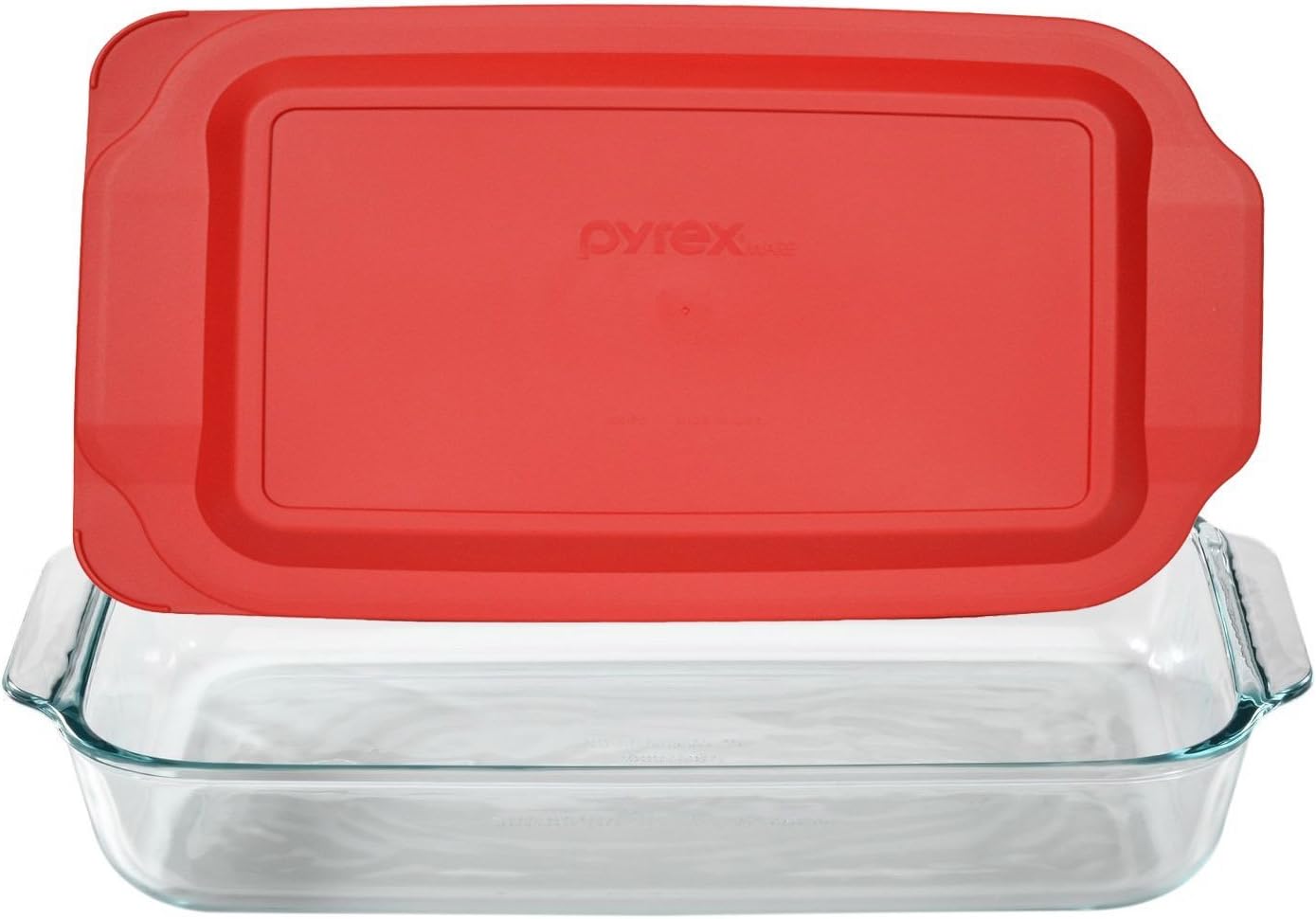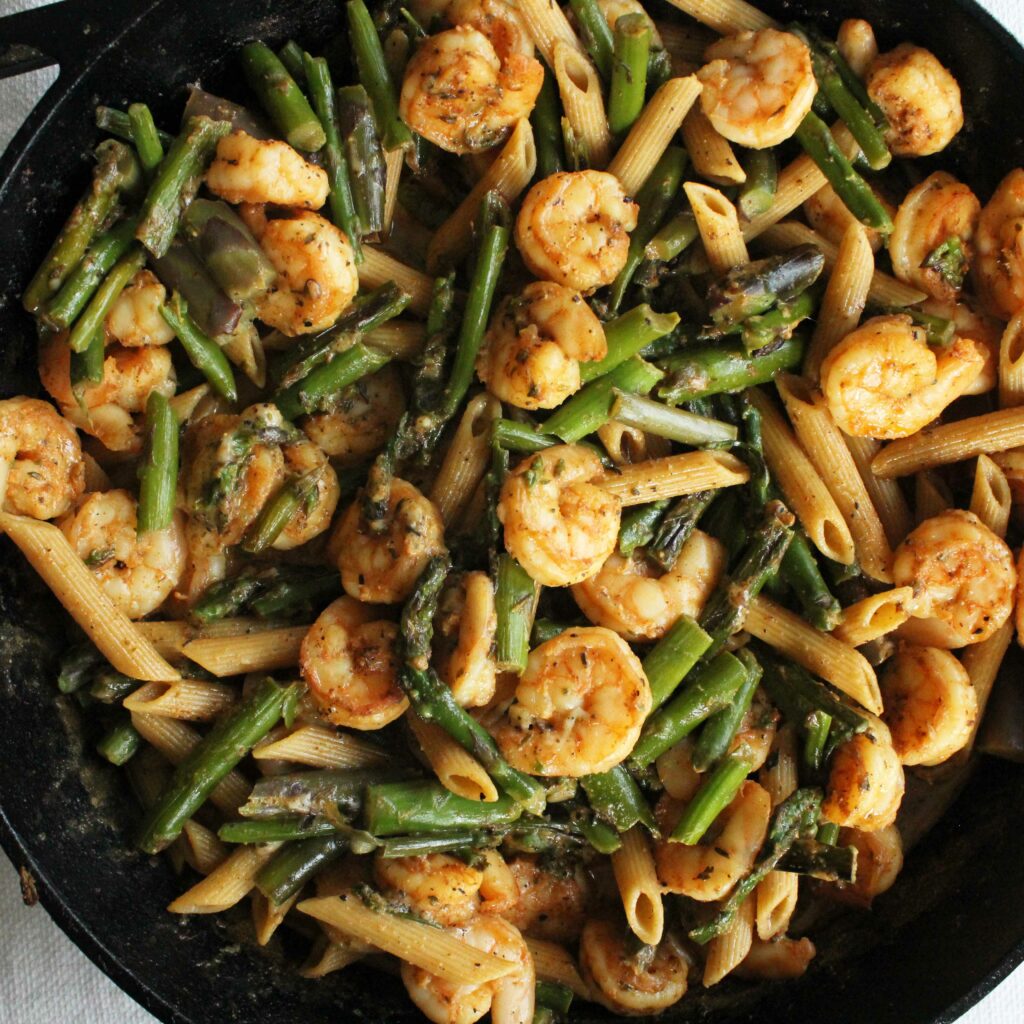Baking dish versus sheet pan. Frying pan versus skillet versus sauté pan. Pot versus saucepan. Here’s how to tell the difference and choose the best cookware for your recipe.
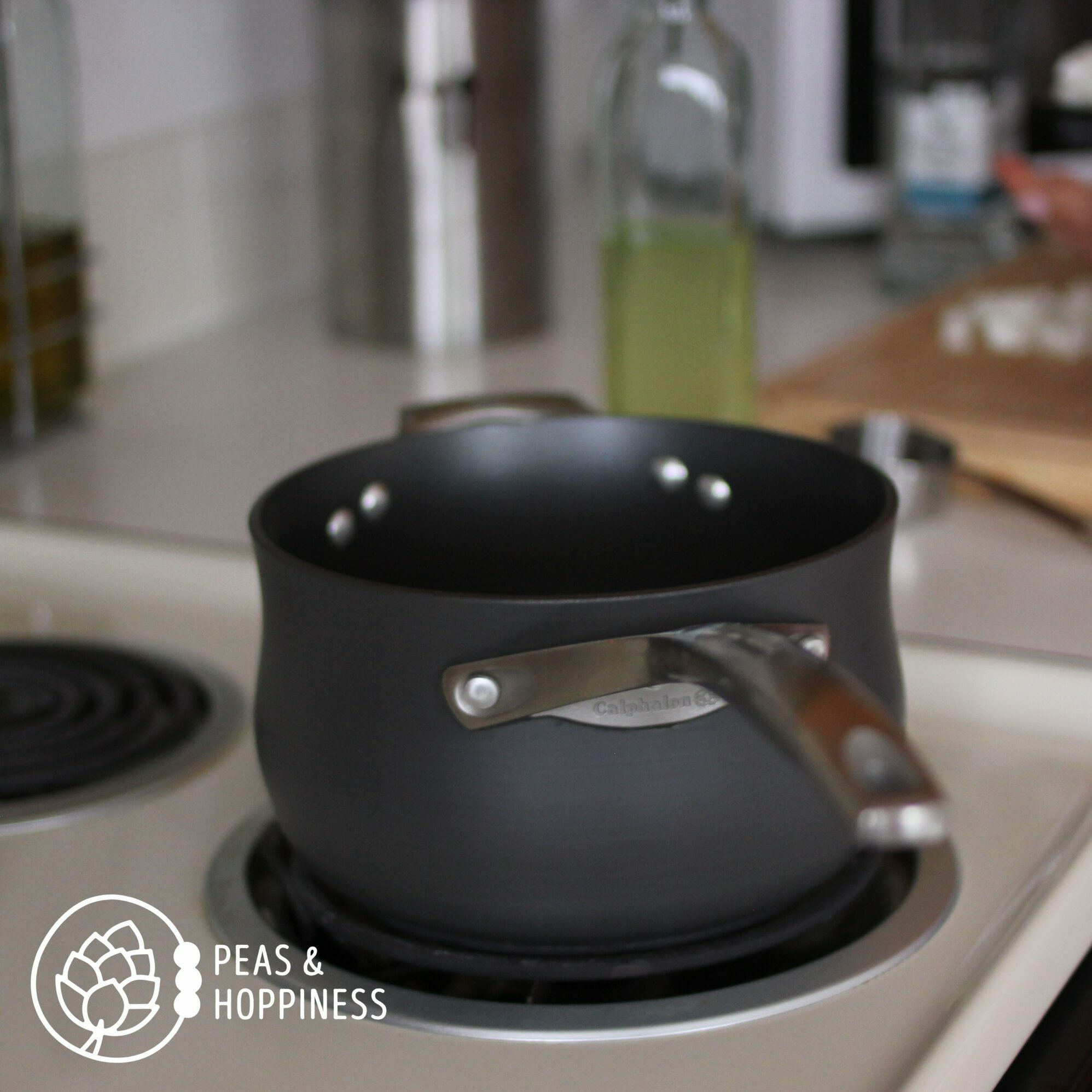 What does it mean when a recipe states to use a baking dish? Is it different from a baking sheet? How do you tell the difference?
What does it mean when a recipe states to use a baking dish? Is it different from a baking sheet? How do you tell the difference?
If you’ve ever wondered about these questions, you’re not alone.
It can be confusing to know if you’re using the right equipment for the job. And does it even really matter? Spoiler alert: sometimes it does.
Read on for descriptions and uses of some of the most needed kitchen cookware items to make sure you’re choosing the right pot, pan, or dish for the job.
Note: this post includes affiliate links; I earn a commission for purchases you make using these. To be honest, I’d rather you go to your local kitchen store and find these items, but if you’re in a pinch or short on time, these links are here to help you out.
How to Pick a Sauté Pan vs. Skillet: What’s the Difference?
A sauté pan and a skillet are indeed different – but they’re not that different - meaning these two can almost always be interchanged in cooking.
 There are many similarities between a skillet and a sauté pan. Both pans are wide and shallow, but a sauté pan has straight edges at a right-angle to the bottom of the pan, while a skillet has sloped edges.
There are many similarities between a skillet and a sauté pan. Both pans are wide and shallow, but a sauté pan has straight edges at a right-angle to the bottom of the pan, while a skillet has sloped edges.
Sauté pans often come with a lid, which will fit better on the straight sides. On the other hand, a skillet is usually used for open-pan cooking. A skillet also goes by the name of “frying pan” or “frypan;” these are all the same piece of cooking equipment.
The distinct right-angled sides of a sauté pan are better to keep foods and liquid in place – so recipes like one-dish meals generally work better in this pan. The sloped sides of a skillet allow for easier stirring, so foods which need to be flipped (ex: crepes or omelets) or stirred frequently (ex: fried rice or vegetable stir-fry) work better in this dish.
Personally, I use a sauté pan or cast-iron skillet for almost everything I cook, mostly because these are my largest pans. I tend to be a bit – er, optimistic when it comes to how much food I can fit in the pan at one time.
Recommendations for Sauté Pan, Skillet, and Cast-Iron Skillet

Sauté Pan
The distinct right-angled sides of a sauté pan are better to keep foods and liquid in place – so recipes like one-dish meals generally work better in this pan. This saute pan is made in Tennessee of 5 layers including 3 layers of aluminum for heat conductivity. The handle is hollow and does not heat while pan is on the stove. It does not have a nonstick coaking but is easy to clean. This pan can be used on an induction stovetop.
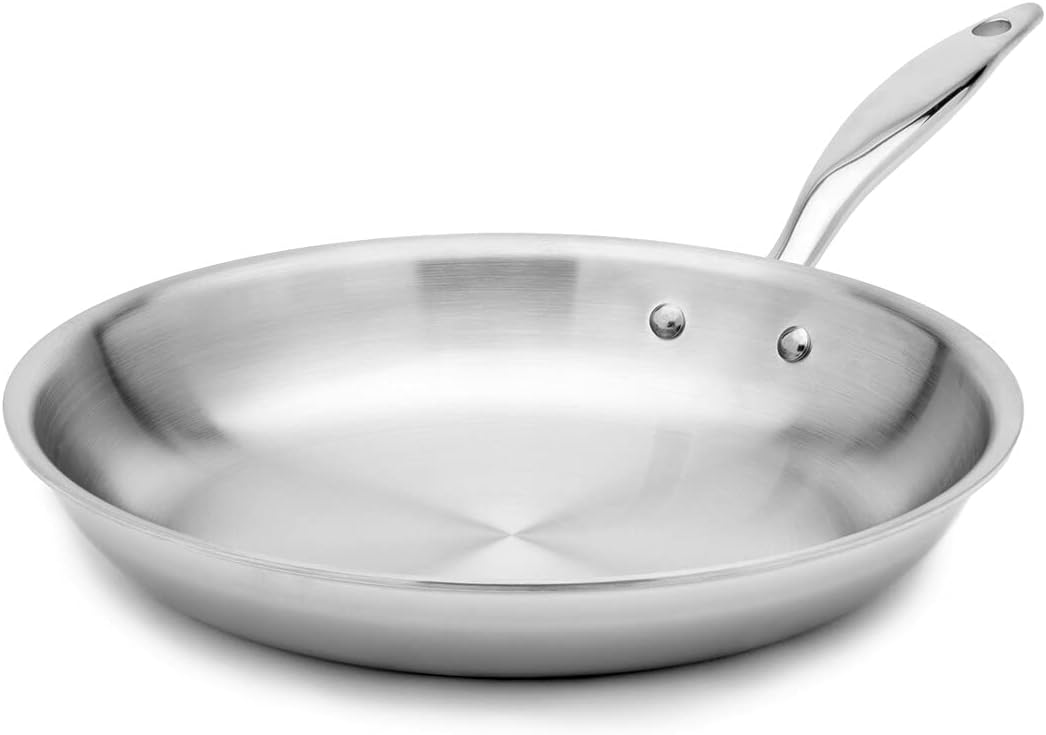
Skillet (Large)
A skillet is usually used for open-pan cooking and also goes by the name of “frying pan” or “frypan;” these are all the same piece of cooking equipment. This skillet is made in Tennessee of 5 layers including 3 layers of aluminum for heat conductivity. The handle is hollow and does not heat while pan is on the stove. It does not have a nonstick coating but is easy to clean. This pan can be used on an induction stovetop.
How to Pick a Pot vs. Saucepan: What’s the Difference?
Often confused for each other, pots and saucepans are indeed different! They can be used interchangeably in a pinch but have some distinct features which lend them better to certain recipes.

A pot is typically larger than a saucepan and has two loop handles, as the contents of the larger vessel are generally quite heavy. The tall sides are at a right angle from the base (no sloping, like a skillet). Different types of pots include stockpots and Dutch ovens.
A saucepan is sort of in-between a pot and a sauté pan. It usually has one long handle and comes with a lid. A saucepan typically holds less volume than a pot and has shorter sides at a right angle from the base of the pan (no sloping, like a skillet). The diameter is smaller than a sauté pan and sides are taller, thus allowing less evaporation than a pan but more than a pot.
Because of their respective shapes, pots and saucepans have different ideal purposes. Pots allow for less evaporation with their relatively small amount of surface area, making them ideal for cooking stews and soups for long amounts of time.
Saucepans are better used for their namesake – sauces – which can be reduced more easily with the larger surface area for evaporation. A saucepan also works well for dishes requiring some, but not too much, evaporation, such as risotto. Its smaller size allows water to boil more quickly so is often used to make foods like rice or pasta.
Similar to a saucepan, but slightly different is a saucier pan. This is shaped like a saucepan except it has rounded corners instead of a nearly 45 degree angle. The shape allows a whisk to easily move around all edges and so I recommend this pan if you make sauces or gravy. Otherwise it functions almost the same as a saucepan.
Recommendations for Pot, Saucepan, and Saucier

Pot
Pots allow for less evaporation with their relatively small amount of surface area, making them ideal for cooking stews and soups for long amounts of time. This Heritage Steel pot is made in Tennessee of 5 layers including 3 layers of aluminum for heat conductivity. The handle is hollow and does not heat while pan is on the stove. It does not have a nonstick coating but is easy to clean. This pan can be used on an induction stovetop.
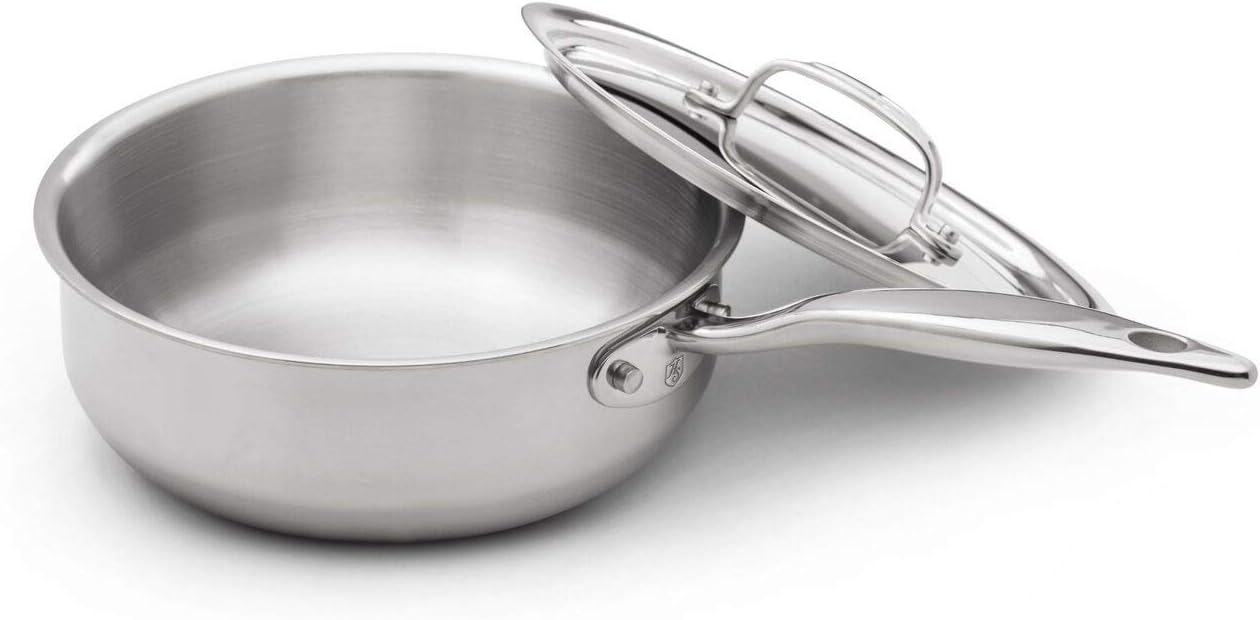
Saucier
*Top Pick* A saucier pan is similar to a saucepan except it has rounded corners instead of a nearly 45 degree angle. The shape allows a whisk to easily move around all edges. This saucier is made in Tennessee of 5 layers including 3 layers of aluminum for heat conductivity. The handle is hollow and does not heat while pan is on the stove. It does not have a nonstick coating but is easy to clean. This pan can be used on an induction stovetop.

Saucepan
Saucepans are best used for their namesake – sauces – which can be reduced more easily with the larger surface area for evaporation. A saucepan also works well for dishes requiring some, but not too much, evaporation, such as risotto. Its smaller size allows water to boil more quickly so is often used to make foods like rice or pasta. This saucepan is made in Tennessee of 5 layers including 3 layers of aluminum for heat conductivity. The handle is hollow and does not heat while pan is on the stove. It does not have a nonstick coating but is easy to clean. This pan can be used on an induction stovetop.
How to Pick a Baking Dish (Baking Pan) vs. Baking Sheet Pan vs. Cookie Sheet: What’s the Difference?
A baking dish, baking sheet, and cookie sheet all have slight differences which make it important to differentiate between them.
 A baking dish is usually nine inches wide by 13 inches long and is sometimes referred to as a “nine-by-thirteen” or 9 x 13. It has a lip around the edge which is several inches high. It’s made of glass, porcelain, or ceramic material. Those which are made of aluminum or other metal are often referred to as baking “pans” rather than dishes.
A baking dish is usually nine inches wide by 13 inches long and is sometimes referred to as a “nine-by-thirteen” or 9 x 13. It has a lip around the edge which is several inches high. It’s made of glass, porcelain, or ceramic material. Those which are made of aluminum or other metal are often referred to as baking “pans” rather than dishes.
A baking dish is sometimes called a casserole dish. This is a square vs. rectangle situation: a baking dish is always a casserole dish, but a casserole dish is not always a baking dish. A casserole dish can be various sizes, including 9×13, like a traditional baking dish, but sometimes is round or oblong. Its size is usually measured in the number of quarts it can hold rather than the size in inches.
In contrast, a baking sheet pan comes in three typical sizes: full, half, and quarter. A full sheet pan is 26×18-inches and is used in commercial kitchens. A half sheet pan is 18×13-inches and is what is typically referred to in home recipes. A quarter sheet pan is 9×13-inches, which would be used for a sheet cake.
A sheet pan has a very small lip around the edge, about an inch deep. It’s traditionally made of aluminum and may or may not contain a nonstick coating. A cookie sheet is often a similar size as a half sheet pan but doesn’t have any lips or edges and is completely flat.
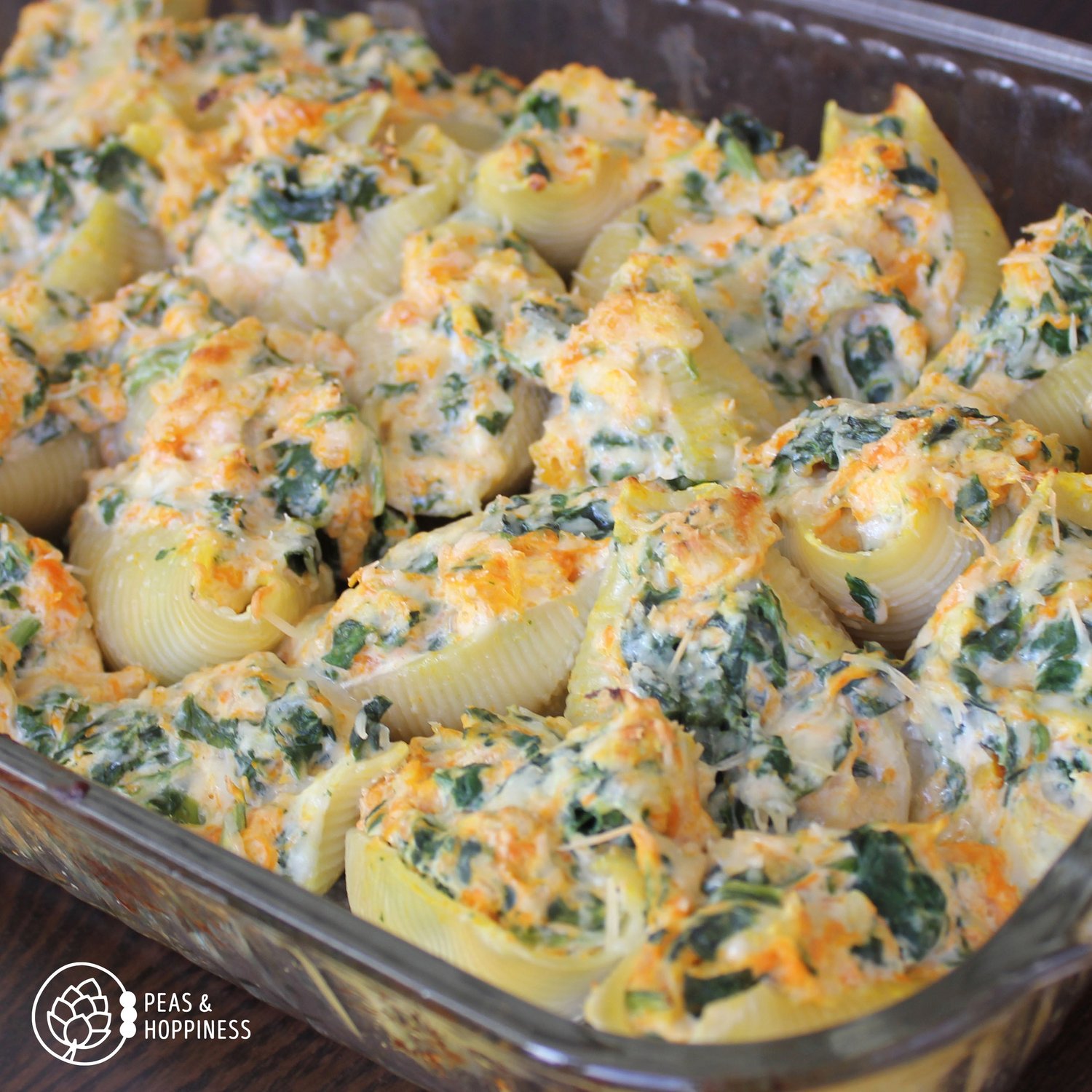 A glass 9×13-inch baking dish is very versatile. It’s the standard size for most casseroles, lasagnas, and even cakes. It can even be used to roast vegetables in a pinch.
A glass 9×13-inch baking dish is very versatile. It’s the standard size for most casseroles, lasagnas, and even cakes. It can even be used to roast vegetables in a pinch.
A baking half sheet pan is better for roasting vegetables because of the larger size and the shorter lip, which allows air to circulate better between the pieces of food for improved browning.
A cookie sheet is used for just that: cookies. I find it has little other use because food will roll off of it as you try to stir or tends to drip and cause a huge mess in the oven if there is any liquid in the dish.
Personally, I use a half sheet pan for roasting vegetables and for sheet pan meals at least once a week. My 9×13-glass baking dish is a close second for the most-frequently-used dish in my kitchen. And while I have a cookie sheet, it sees little use.
Recommendations for 9x13-inch Baking Dish, Baking Sheet (Half Sheet Pan), and Cookie Sheet
Recommendations for Best Kitchen Cookware
While there is a seemingly unending list of kitchen appliances, utensils, cookware, and other gadgets, I recommend focusing on only a few which you’ll really need. I’ve compiled a list of my kitchen essentials if you’re wondering where to start.
Is there something missing from this list which you’ve always wondered about? Leave a comment and let me know what kitchen equipment you’d like to know more about!
Happy cookware finding,
Dietitian Ann from Peas and Hoppiness
Recipes Designed For You
The Peas & Hoppy Meal Guides customizable meal planning service feature recipes using real ingredients you can find at any grocery store.
Meals are balanced nutritionally and tested in Dietitian Ann’s home kitchen to make sure they taste as good as they look.
Start your free trial for immediate access to our meal planning app and this week’s menu!
“The Sausage & Kale Soup was fantastic! Family said the Beef & Broccoli was better than take-out!”
– Julie Borchardt, Member of the Peas & Hoppy Meal Guides
